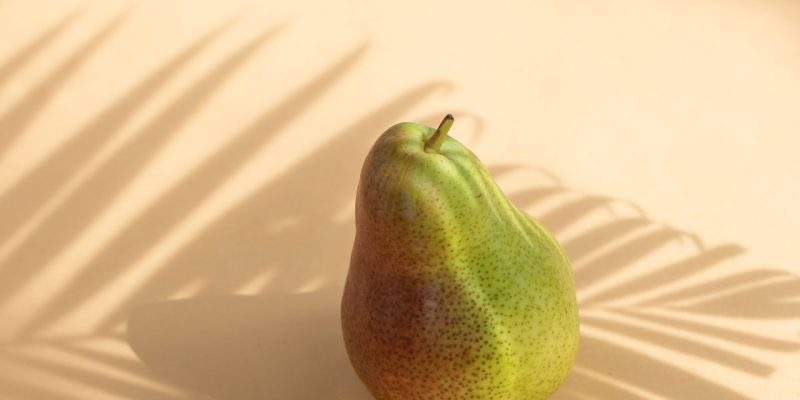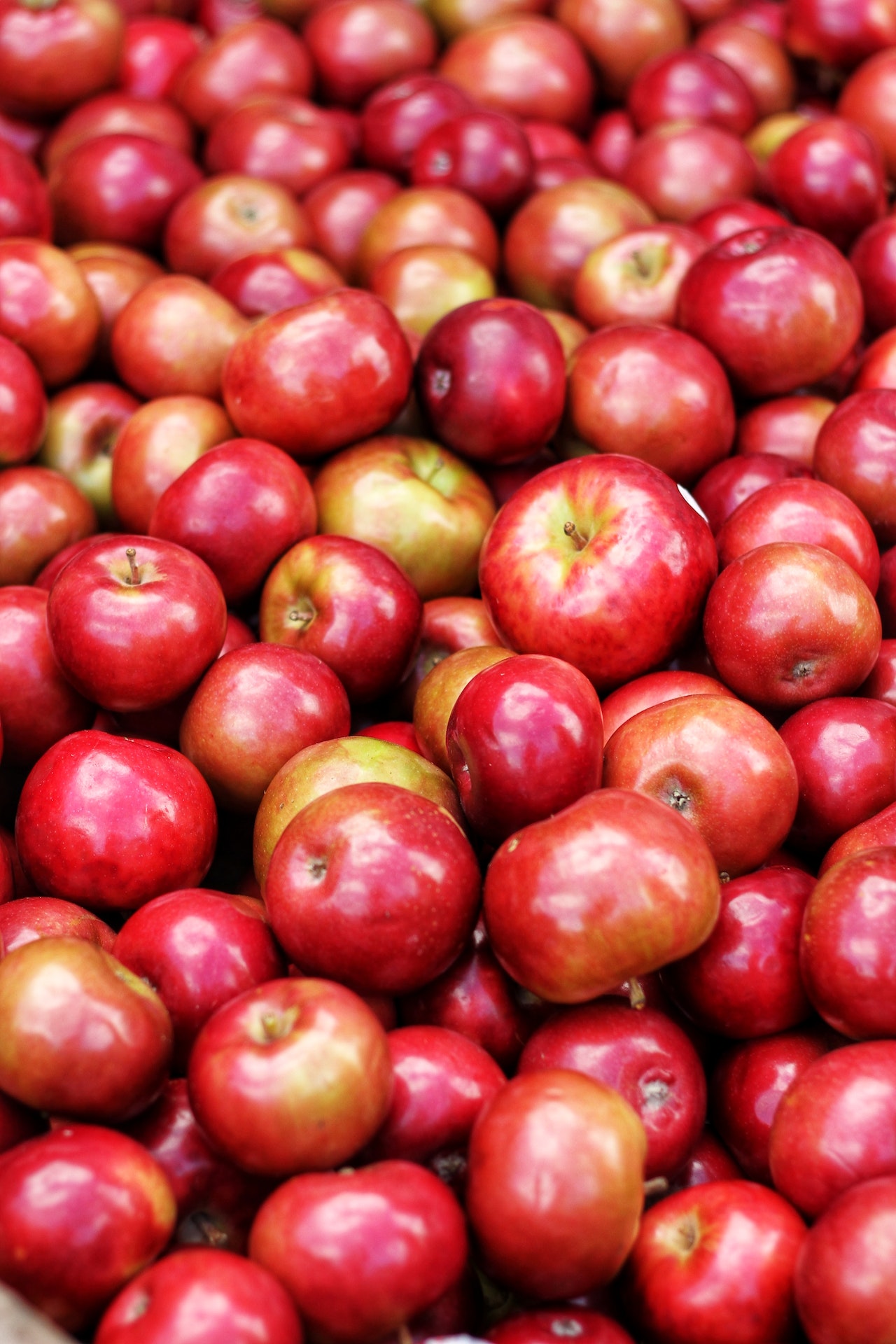
Want to learn everything about kokum, from the farming process to its health benefits? Learn everything you need about this delicious fruit.
What Is Kokum?
Kokum is a fruit native to India and grown in the western coastal region. It is purple-black, has thin skin, and has a fleshy, juicy interior. The fruit is used in traditional Indian medicine and is also commonly used to make a refreshing drink called kokum sharbat.
Kokum is also used in traditional Indian cuisine, particularly in Maharashtra and Karnataka, where it adds sourness to dishes. In place of tamarind or other souring agents.
Different Name Of Kokum
Kokum is a species of flowering plant in the Clusiaceae (Guttiferae) family. It is native to India and is commonly known as kokum, as well as by other names such as bhirand in Marathi, aamsul in Hindi, and punarpuli in Kannada.
Garcinia indica was named after the French naturalist Jean-Baptiste Lamarck. Who first described and named it after the French naturalist and explorer Comte de Buffon. Whose name was Latinized to “Garcinius.” The name “indica” refers to the plant’s native India.
Farming Of Kokum Plants
Kokum trees are typically grown in the western coastal region of India, in Maharashtra, Goa, and Karnataka states. The trees thrive in hot, humid conditions and can be grown in various soil types as long as the soil is well-draining.
To plant kokum, seeds or seedlings can be used. The seeds should be soaked in water for a few days before planting to improve germination. The seedlings or seeds should be planted in a sunny location, and the soil should be kept moist until the plants are established.
Kokum trees require minimal care and are resistant to most pests and diseases. They should be watered regularly, but the soil should be kept from becoming waterlogged. Fertilizer is not usually necessary, but a balanced fertilizer can be applied if the soil is poor.
The trees begin to bear fruit when they are about 5-6 years old, and they can continue to produce fruit for up to 50 years. The fruit is typically harvested by hand when it is ripe, usually in March to May. The fruit is then processed to extract the seeds and the edible flesh.
Advantages Of Eating Kokum
Kokum has been traditionally used in Indian medicine to treat various ailments, including diarrhea, dysentery, and indigestion. Kokum uses to lower fever and reduce inflammation.
In addition to these potential health benefits, kokum has been found to have some other properties that may benefit health. For example, research has suggested that compounds found in kokum may have anti-inflammatory, antiviral, and antibacterial properties.
Conclusion
According to the World Health Organization (WHO), kokum has several potential health benefits. The fruit is a rich source of antioxidants, and kokum benefits in protecting the body’s cells from damage caused by free radicals. It’s also helpful in boost your immune system.














